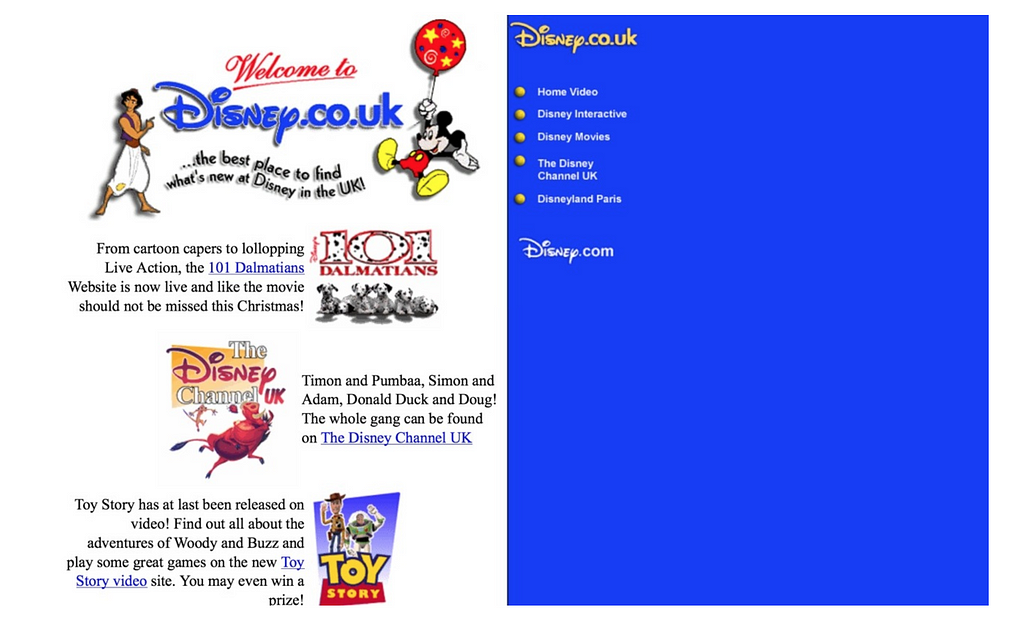
As a designer and a tech enthusiast, I have a massive passion for solving problems that can change how people live and work.
Recently, I had the opportunity to design blockchain-based smart contract experience for one of my clients, bitjob.
If you’re not familiar with peculiar terms such as smart contracts or blockchain technologies, that’s fine. I wasn’t familiar with these terms too.
The one thing you need to know is that blockchain technology can minimize the amount of trust required from any single actor in the system.
Say what now?!
The people of the blockchain ecosystem call it “Trustless technology”.
Since, it’s already difficult to build trust with middle men like banks, realtors or even digital platforms such as Airbnb or Fiverr, blockchian technology aim to eliminate the trust factor.
Smart contracts that rely on blockchain technology help us to exchange money, property, shares, data or anything of value in a transparent, conflict-free way while avoiding the services of a middleman.
Let’s simplify it:
In this world of blockchain-based, decentralized apps there wouldn’t be a middleman to deduct commissions and the all thing is going to be trustless.
It’s about the right place at the right time
Before new products and technologies become a household name, revolutionary design concepts always have something to do with teaching the market how to incorporate the products and technologies into daily life.
For example, Raymond Loewy, considered the “Father of Industrial Design,” made the 20th century beautiful as one of the first modern designers.

Historians often talk about Loewy as the designer of the modern world, thanks to innovations like the Coke bottle and Lucky Strike pack.
But one of the most important things about Loewy is that he was designing in the right place at the right time, he leveraged the innovation and technology at any single moment to enhance the experience of the people he was designing for.
Today, blockchain technology is talked about almost everywhere.
When applied in our society, blockchain technology could, for the first time, change the way we perceive the concept of trust with other human beings.
It could change the way we rent cars,buy real estate and even vote.
We need forward-thinking design to get there.
But challenges lie ahead. When trying to design optimal user experiences for blockchain technology and smart contracts, I’ve identified four major hurdles:
1. Inconsistent design of smart contracts and crypto wallets.
A smart contract requires paying with cryptocurrency. But to date, there is no solution that hosts all the main currencies at once (even the top 30). Imagine getting a different browser for every site, or a different remote control for every TV channel.
That’s the current challenge when trying to host the world’s major currencies.
This is a huge problem.
User interfaces are designed differently and applications vary in the capabilities they offer.
As a result, users must re-learn how to do things each time they use a different wallet or payment processing system.
Think about how weird it would be if someone had to re-learn how to use a credit card every time they used a different card or tried to pay at a different store, and you get an idea of the blockchain world as it is today.
2. Smart contracts require knowledge of cryptocurrency.
Using money does not require knowledge of minting and circulating bills. But to use smart contracts, users need to know a lot about cryptocurrencies before utilizing blockchain technology.
Users need to know about their private wallet key, what a blockchain is, how long it takes to confirm transactions, and how much transaction fees cost.
Because cryptocurrencies are decentralized and users in essence become their own bank, I don’t know whether users can avoid this responsibility.

For example,
when someone sends you crypto coins over the blockchain, they’re sending them to a hashed version of what’s known as the “Public Key.”
There is another key hidden from users called the “Private Key.”
Basically, you give people that want to send you money your public key, but don’t tell outsiders about your private key (even not to your grandma).
The concept of managing keys can be complex and requires a high learning curve before diving deep into the world of cryptocurrency.
Smart contracts require extra effort because they place the workload on the user who has to download a cryptocurrency wallet application before making purchases.
Receiving and sending transactions also require user work.
3. Slow and tiring transactions
What I have come to realize is that crypto currency is a poor payment network,
but it’s a revolutionary breakthrough as an arbiter.
Crypto currency transactions, even at the very beginning, have always been unreliable and in comparison to credit card or PayPal.

Let’s take bitcoin for example,
Even very early on, when fees were bitcoin transactions always were more expensive for the user than nearly every major centralized alternative.
Today, the bitcoin average transection fee is as high as $0.575, which is more expensive for the user than nearly every major centralized alternative.
On-chain transactions never have been well suited for in-store purchases and only work reasonably well for online purchases, sometimes.
4. Lack of regulations
Unlike regular contracts, governmental entities haven’t found a proper way to enforce the legal use of blockchain-based, decentralized apps and cryptocurrencies.
As a result, it’s a Wild, Wild West out there.

Instead of creating the future of commerce systems, some people are using the system poorly or fraudulently.
Cryptocurrencies and blockchain technology without regulation offers a snapshot of what the days before banking looked like.
You probably ask yourself, is that even a UX problem?
Well, yes.
Since it’s a new and unregulated market, many hackers lure uneducated users to send their info such as the private key to take all of their money or even steal their identity.
Also, uneducated users can do all kind of crazy mistakes like sending their money to the wrong address, so it disappears.
Smart contract’s UX designers would have to find, using the given technology, solutions that would ensure and secure it users.
Otherwise, your grandma is going to send her smart contract will to the wrong heir.
What can designers do about it?
The people that are working to solve this kind of problems today are developers, cryptographers and mostly people with a technical background.
Which remind me of the early days of the Internet.

It took more than two decades for UX designers to create a tailor-made experiences for its users.
Till then, the focus of creation the product was on the techie side of the team, designers was asked to make stuff look pretty, not functional and easy to operate.
Let’s avoid from making the same mistake again,
To solve the fundamental problem I mentioned in this post, we would have to involve UX designers in the process of creating blockchain and smart contracts products.
Just like Raymond Loewy, designers would have to educate their users on the possibilities of micro-transactions, being your bank, and other things that aren’t possible with cash or credit cards.
It’s the right place at the right time for designer to transform how users can experience trustless systems using blockchain technology.
Currently, my team is working hard to create the best design solutions for smart contract with bitjob as our client
If you want to share your ideas about UX and blockchain, join my new community of Blockchain UX.
The 4 UX Problems When Designing Blockchain-Based Smart Contract was originally published in Prototypr on Medium, where people are continuing the conversation by highlighting and responding to this story.
from Prototypr https://blog.prototypr.io/the-4-ux-problems-when-designing-blockchain-based-smart-contract-d37ee4c8c64b?source=rss—-eb297ea1161a—4
